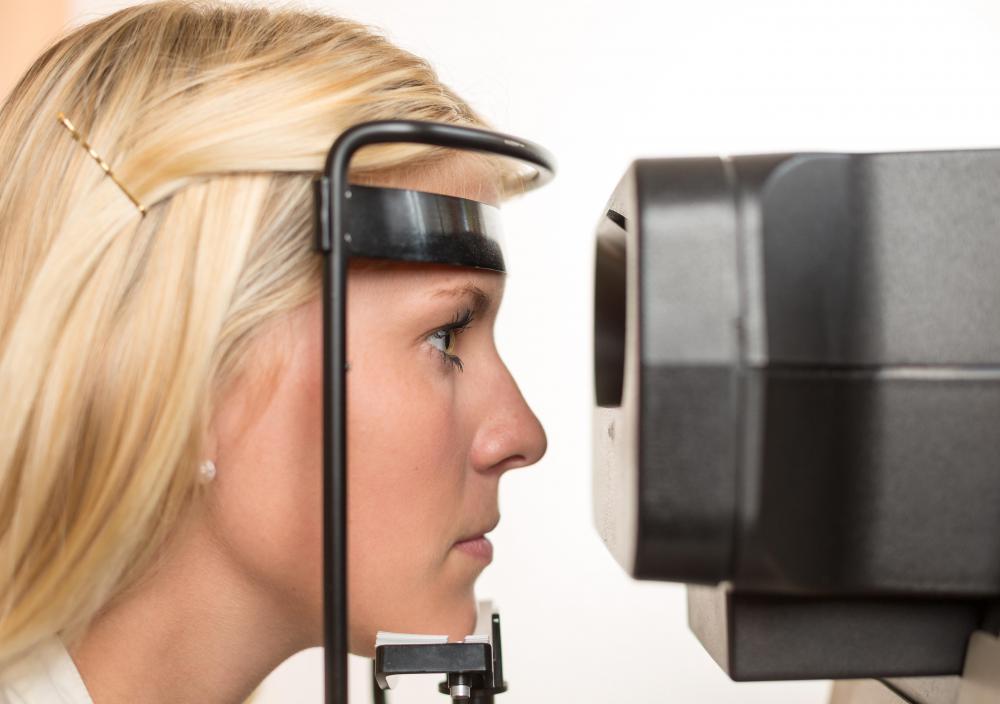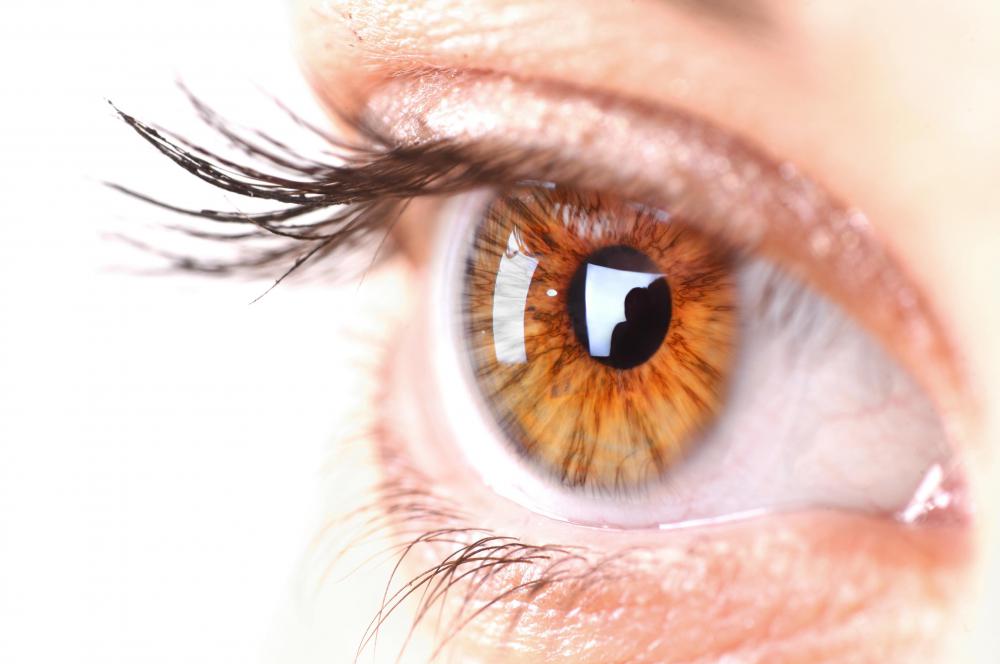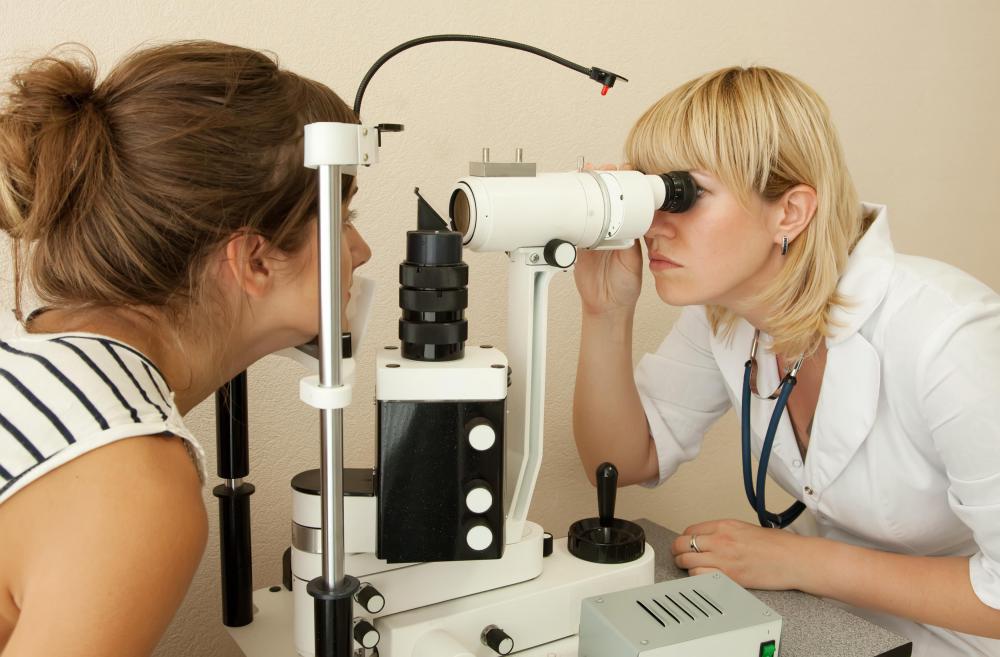At TheHealthBoard, we're committed to delivering accurate, trustworthy information. Our expert-authored content is rigorously fact-checked and sourced from credible authorities. Discover how we uphold the highest standards in providing you with reliable knowledge.
What is the Choroid?
The choroid, also known as the choroid coat or choroidea, is located between the retina and sclera. Technically, the choroid is the vascular part of the human eye that includes the connective tissue. Its main purpose is to send oxygen and other nutrients to the retina. Within this section of the eye, there are four different layers.
These layers include Haller's layer, Sattler's layer, Choriocapillaris, and Bruch's membrane. Haller's layer is the outer portion that contains large blood vessels, while Sattler's layer has medium-sized blood vessels. Choriocapilarris is true to its name, since it includes all the capillaries, and Bruch's membrane is simply the innermost section of the choroid.

Since the eye relies upon blood supply to function, the choroidea must remain healthy at all times. When the area is infected in any manner, the macula and optic nerve suffer. When the macula and optic nerve are negatively impacted, the result is often blindness. In addition, many other illnesses can arise as a result of an infection.
Chorioretinitis is the most common disease that attacks the choroidea. This type of inflammation comes with various symptoms including floating dark spots and blurred vision. Young children and those people who are battling the Herpes Simplex Virus are usually affected by this disease. Antibiotics and corticosteroids are often used to successfully combat chorioretinitis.

There are various other diseases that can affect this part of the eye. Various retinal diseases, macular degeneration, choroidal neovascularization, retinal detachment, and neoplasms are the most common illnesses that impact this part of the eye. These diseases can only be detected during an eye exam, which is why it's important to visit with an ophthalmologist at least one time per year.

In most cases, eye disease can be eradicated if it is found quickly enough. However, eye disease that has been allowed to fester can often result in permanent eye damage. Regardless of detection timing, some of these illnesses cannot be stopped. Diseases that can be treated are often controlled with the help of specialized lasers.
While most eye diseases cannot be seen by the naked eye, some illnesses do have certain symptoms that may be detected. Any pain within the eye area, cloudiness within a field of vision, or noticeable eye "spots," may mean that an eye disease has begun. If any of these symptoms occur, it is best to visit with an professional optometrist immediately.
AS FEATURED ON:
AS FEATURED ON:















Discuss this Article
Post your comments